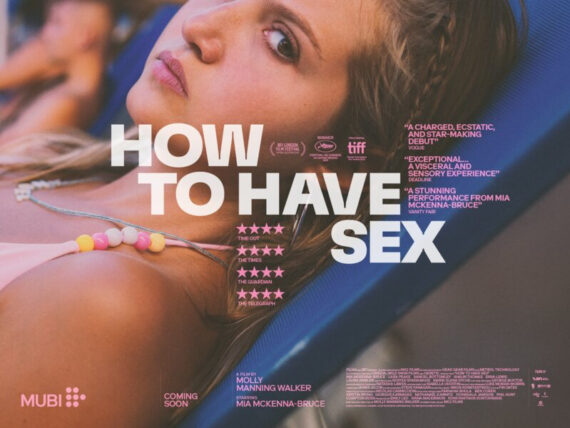Mark Webber
Review of Mark Webber Talk on Malcolm Le Grice and the London Film Maker’s Co-Op 9 March 2017 at Plymouth Arts Centre
I only have a basic prior knowledge of Malcolm Le Grice’s work and independent curator, Mark Webber’s research into artist’s moving image from the last 60 years. Both led me to expect that Webber would show some of Le Grice’s 16mm film works and at least mention the London Filmmaker’s Co-op and Le Grice’s role in the development of that organisation, established 51 years ago. I anticipated that his talk would widen my understanding of the artist’s practice, highlight Le Grice’s position in the chronology of recent art history and offer a specialist interpretation of his work beyond the information available in the galleries for Present Moments and Passing Time.
Webber’s talk did all of these things. His presentation was educational and insightful but on top of that, felt like a bit of a special treat. He had travelled for more than three hours to come and speak to the twenty six of us in a 61 seat cinema, in Malcolm’s home town and one of the audience was Malcolm himself.
- Malcolm Le Grice with Projectionist Gwyn
- Mark Webber
Unusually for a retrospective exhibition of an artist in their mid-70s, Le Grice has either been performing, in conversation or acting the anonymous audience member for almost all of the programmed events. Now living in the South Hams, locality makes this possible but it’s Le Grice’s passion and energy which are the true motivation to be so present. Even as we watched the 16mm projection of Little Dog for Roger, a film Le Grice made 50 years ago using footage of himself as a child, I could see the artist’s face still giving away clues that he might be considering another re-edit or just a few adjustments before it’s shown again. He’s not retired yet!
The real high point for me however, came 24 hours after Mark Webber had finished his talk. On Friday evening I walked over to a small community-run space in Plymouth called Union Corner. It was only the second time I’d been to an event there but the second time in two days that I would get to see 16mm film in action. Almost immediately as Matt Davies began his performance, using three projectors, moving lenses and some other wizardry, I was struck by the relevance of Malcolm Le Grice’s work in this moment. Whether organised to coincide with the show or serendipitously timed, I’m not certain but seeing the new work speaking so directly to the exhibition felt like Le Grice’s legacy was visible there and then. Without Malcolm’s pioneering works such as After Leonardo, Horror Film 1 and Threshold I doubt that artists like Davies would be making this kind of work.
The roster of artists Plymouth claims as it’s own is limited and I don’t just mean you can count them on one hand. So why has Le Grice been overlooked until now as somebody that the city can be proud of? Is it because he openly states that he was desperate to leave Devon in the late 1950s to find the culture he felt was missing here? Or is it because his story is one of a modest, hard-working artist who made his work with little money, collaborative spirit and some pretty challenging ideas about how to make art? Le Grice has never sought headlines for fame, wealth or notoriety but he does continue to seek pleasure from making and sharing work and wants more people to do the same.
OJOBOCA and Matt Davies at Union Corner was organised by Marcy Saude and Cinestar on Friday 10 March 2017.
Vickie Fear is a freelance producer and curator based in Plymouth. She is also a PAC Home member and Visual Arts Plymouth Activator.








Comments
Comments are closed.